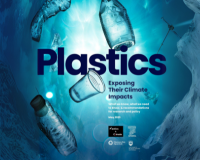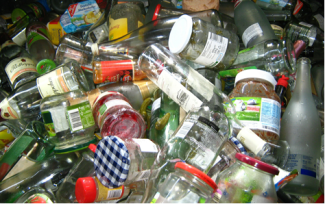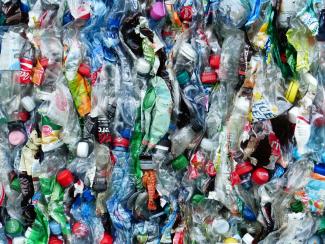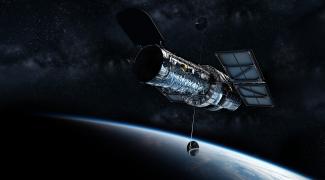Including Climate Impacts in the U.N. Plastic Treaty

Recognizing that plastic pollution poses challenges to our environment and human health, the U.N. Intergovernmental Negotiating Committee begins its final scheduled round of negotiations tomorrow to develop an international legally binding instrument on plastic pollution. A recent report co-authored by ELI indicates that plastics also have an impact on the climate.






